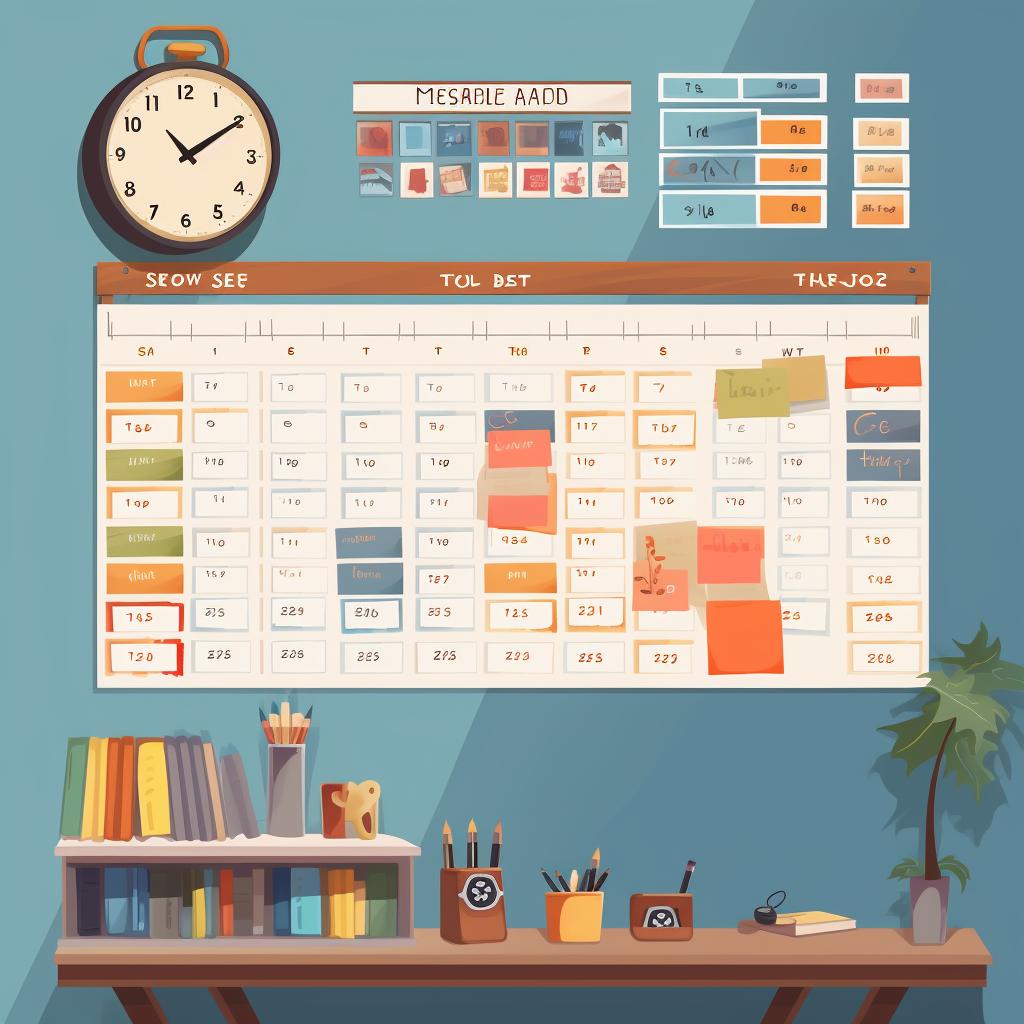🎯 Establishing Consistent Routines in a Preschool Classroom
Establishing consistent routines in a preschool classroom is a fundamental step in creating a nurturing and productive learning environment. It provides a sense of security and predictability for the children, which is crucial for their emotional development. However, implementing these routines is not a one-size-fits-all process. It requires careful planning, creativity, and flexibility.
Understanding the importance of routine is the first step. Routines help children feel safe and secure in their environment, and it provides them with a sense of control and mastery over their surroundings. This understanding will guide your approach in creating effective routines. For more insights on preparing for this big step, check out our article on how to prepare your child for their first day of preschool.
Planning your day is the next step. A well-planned day includes key activities like circle time, snack time, play time, and learning activities. It's essential to strike a balance between active and quiet times to ensure children remain engaged and stimulated without becoming overwhelmed. For tips on creating an engaging space, visit our preschool classroom design tips.
Visual schedules are a great tool to help children understand and follow the routine. They use pictures to represent different parts of the day, making it easier for children to understand what's coming next. This can be particularly helpful for children who are visual learners. For more on this, explore our five essential elements of an effective preschool classroom.
Consistency is key in any routine. While it's important to stick to your routine as closely as possible, flexibility is also essential. Unexpected situations or special events may require you to adjust your routine, but try to keep these changes to a minimum to maintain consistency. For more guidance on this, check out our tips for new preschool teachers.
Finally, review and adjust your routines regularly. This ensures they continue to meet the needs of the children and remain effective. Remember, the goal of any routine is to create a safe, predictable environment that fosters learning and growth.
Establishing routines in a preschool classroom is a journey, not a destination. It requires patience, creativity, and flexibility. But with careful planning and consistent implementation, you can create a routine that supports your students' learning and development.

















